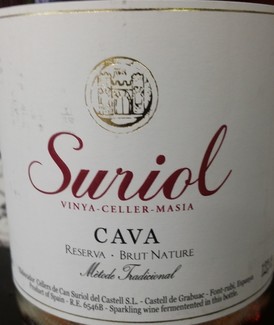
Suriol Brut Cava Rose (2012) is a unique, moderately priced rose cava. When I took a sniff I thought a little bit about lambrusco. Maybe This was because of the color; there is definitely a bit of vinegar here (by this I mean a hint of acetic acid, which can be a good thing in small amounts...it doesn't taste like VINEGAR). The wine is darker than many roses and the vinegar on the nose isn't apparent in the taste. It is unusual and less fruity than you might think but there is dark fruit. Dark berries, plum and candied apple spring to mind (keeping in mind there is nothing sweet here).
You also get hints of rich earth and minerality in this Spanish sparkler. The earthiness isn't too dirty though. More loam than manure! This is like a sniff of fertile ground after a big rain.
We talk about "complicated" wines a great deal but usually they are not $15 (ish) cavas. This isn't a normal Cava. First of all it is a rose (of course these exist but they are less common than their white compatriots) and second of all it is a vintage wine. A vintage sparkler usually commands a higher price. Vintage means the wine all comes from a specific year (more or less).
Not only does this wine all come from one year it spends extended time "on the lees." "Lees" refers to dead yeast cells and other particles that are a byproduct of producing a wine. Time spent on the lees adds to a wine's complexity and the cost of making it. After all, time IS money. Time spent on the lees in sparklers often adds a yeasty, bready taste to the wine. Sometimes you may get some extra floral tastes, nuttiness and/or toastiness from a sparkler left on the lees. This cava is fermented using native yeast as well.
This wine also spends two years aging in the bottle before being disgorged. Disgorgement is the process by which the dead yeast and sediment is removed from the bottle.
In any case, look for Suriol wines--the two I have sampled punched way above their weight, price range-wise.
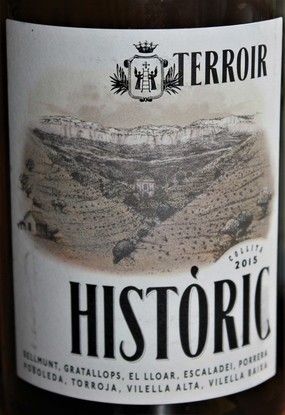
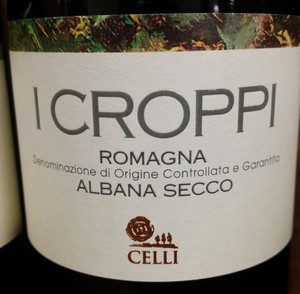
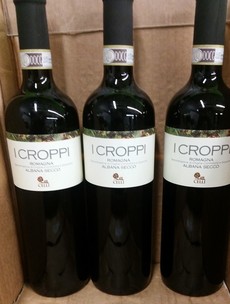
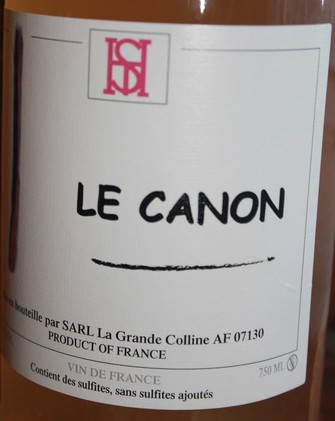

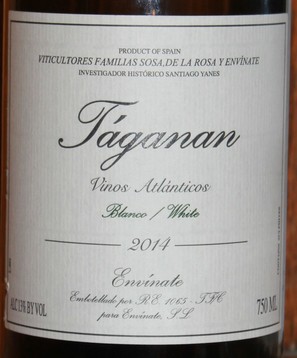


 RSS Feed
RSS Feed